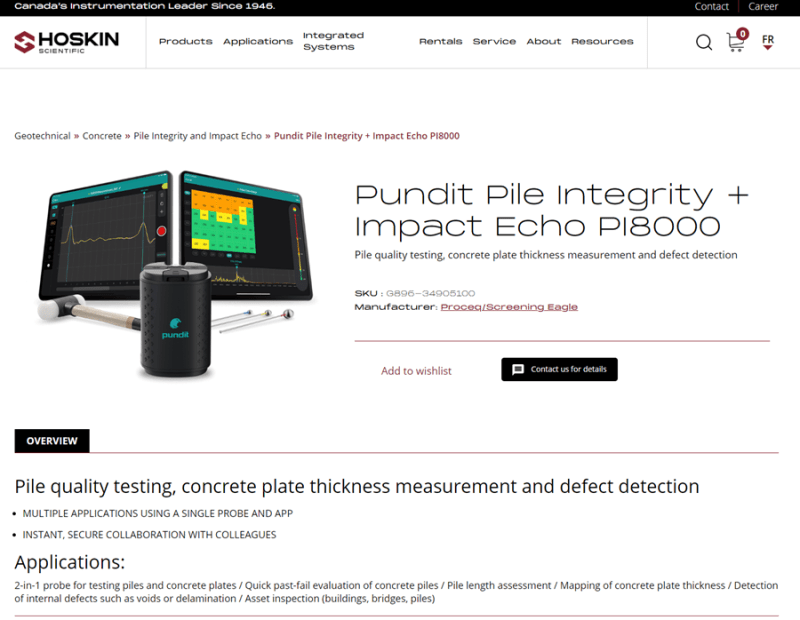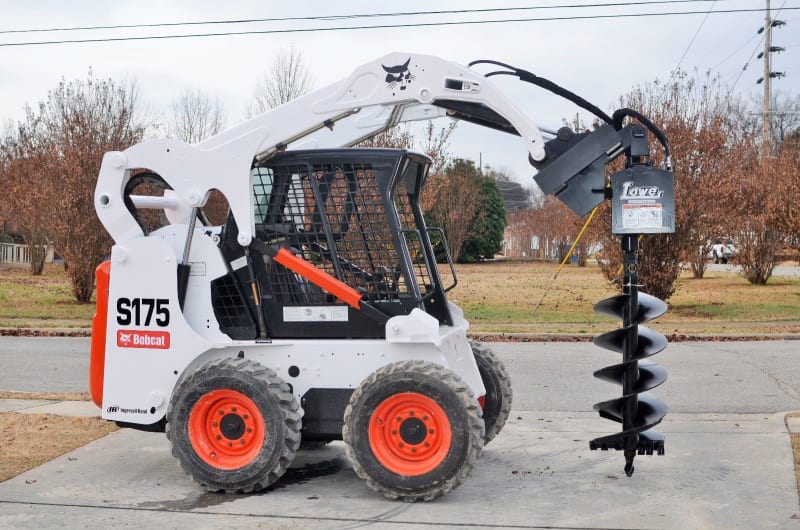mkoon
Electrical
- Jul 24, 2024
- 5
Hello. I'm new to the forum and hoping to gain some insight from the experts! I have been researching trying to find a tool that can be used in the field to test the depth of a foundation. Typical foundation size is 18-24" in diameter and 3-6' deep. We are working on a project that requires us to verify foundation depth before mounting a new sign on it and doing it the old fashioned way(digging a hole next to it) just doesn't make sense and I figured there must be some equipment out there a technician could use to verify depth in lieu of digging a hole. For reference, we've tested the Olson Instruments Concrete Thickness Gauge and that didn't work for our application. I have recently found the Pile Integrity Tester from Pile Dynamics and am looking into that one, just curious if anyone else has done some research and used anything they liked that worked with a high degree of success(90+%). Thanks in advance!



